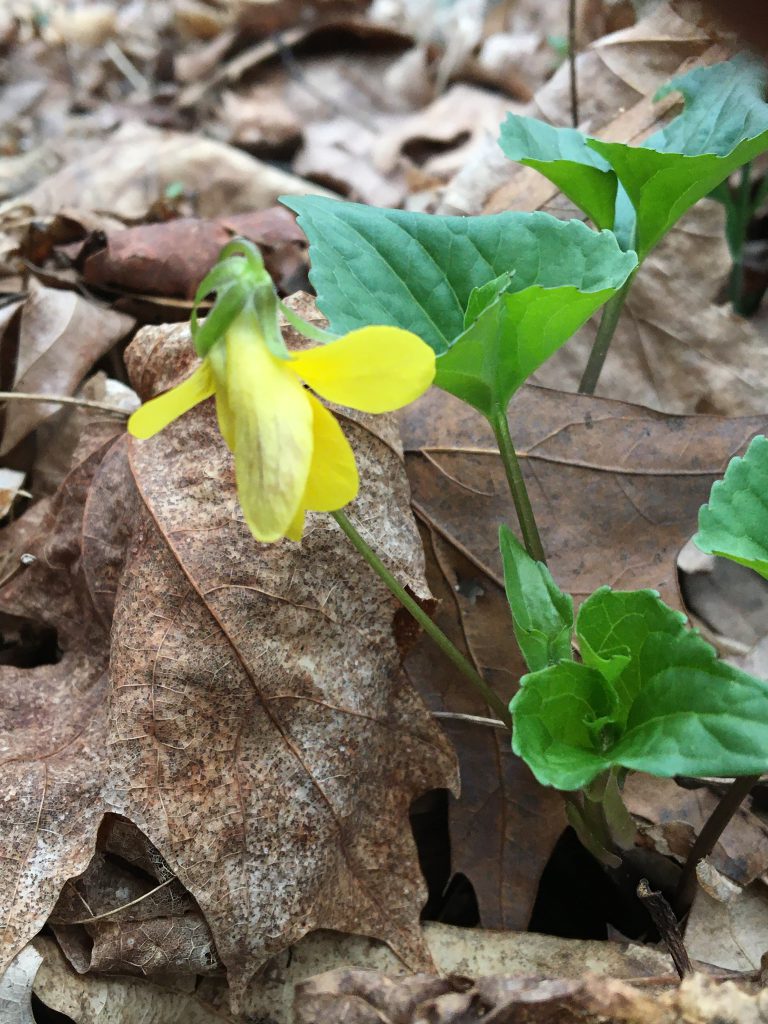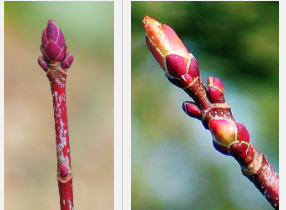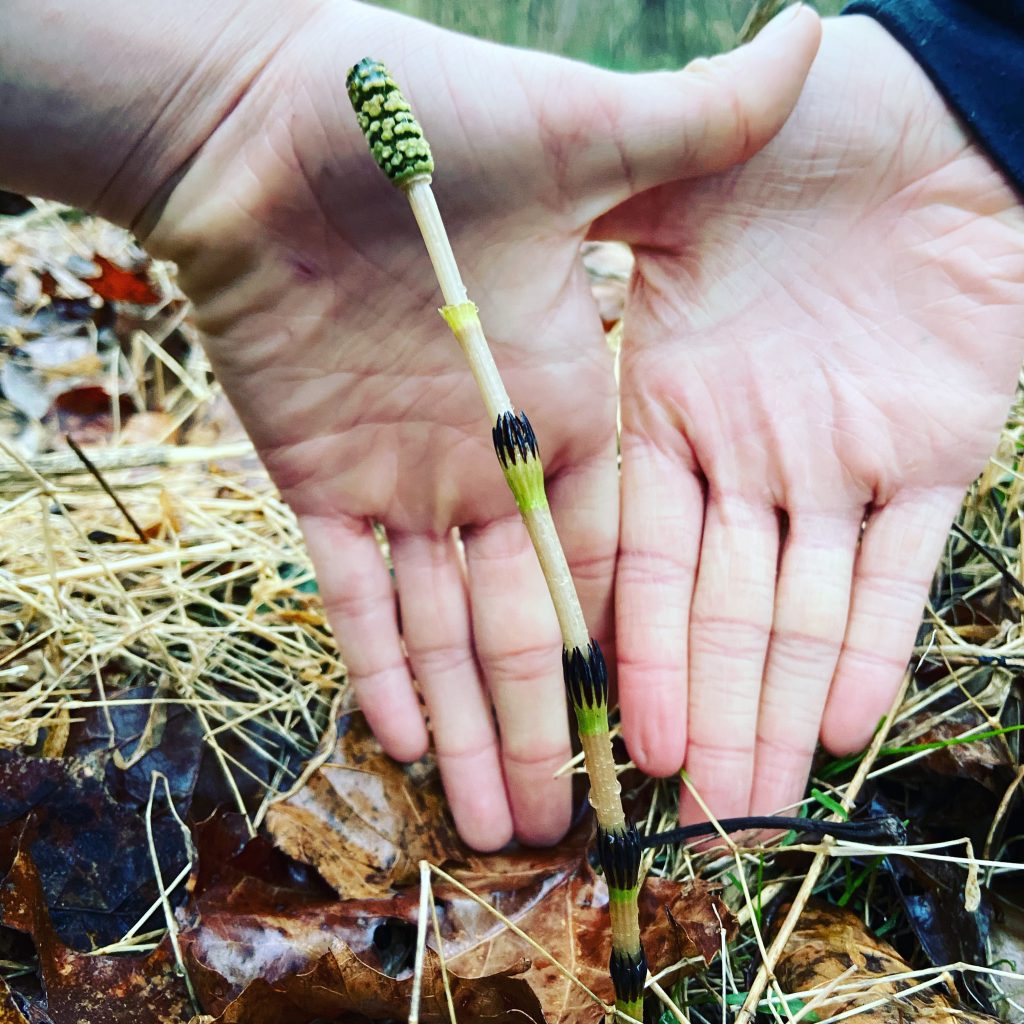Blink and you’ll miss them!
April in southeast Ohio brings some special things that are only around for short time: frogs calling and laying eggs
, delicious wild plants, mushrooms, and wildflowers. This week and next, we will show you how to find them before they’re gone.Here’s what to expect:
Monday, April 6: Vernal Pools, Part 1
Wednesday, April 8: Foraging for Ramps
Friday, April 10: Ecosystems in a jar

Monday, April 13: Vernal Pools, Part 2
Wednesday, April 15: Eating Garlic Mustard to Save the Planet
Friday, April 17: TBD
Click on a link or keep scrolling through the blog to start.

